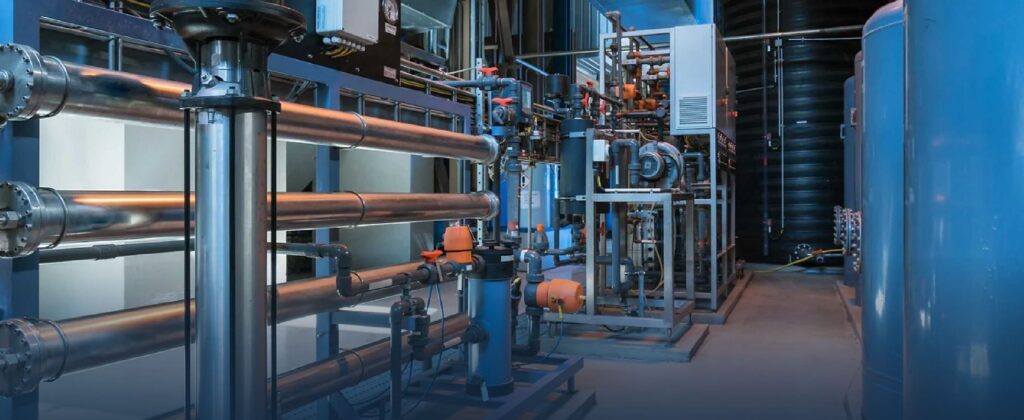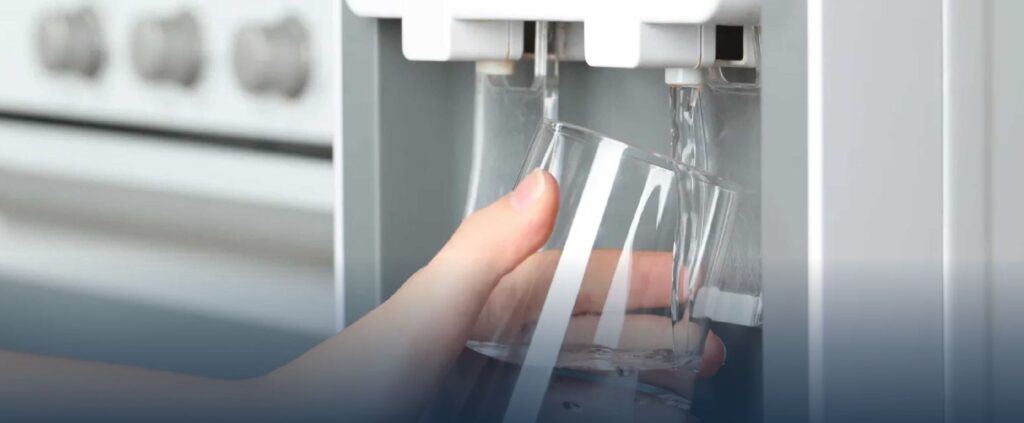Rainwater Harvesting and Filtration
Many Australians rely on rainwater as their water supply for their daily needs. The general public perception is that rainwater is safe to drink. In most areas of Australia, the risk of illness arising from consumption is relatively low, providing it is visually clear, has little taste or smell and, importantly, the storage and collection of rainwater is via a well maintained tank and roof catchment system.
Australian Households using rainwater.

This water may be used as if it was potable water and sometimes without any filtration and disinfection. That the water comes from the skies and is always safe to drink, is a fallacy. As the rainwater is harvested on the roof, any organic and inorganic material including faecal matter is collected into the rainwater tank. Live animals may also get trapped in the tank and drown providing a source of nutrients and high risk of bacterial contamination. Algae can also grow where the water is exposed to sunlight. Most tanks will also contain mosquito larvae which feed on the organic nutrients collected in the tank.
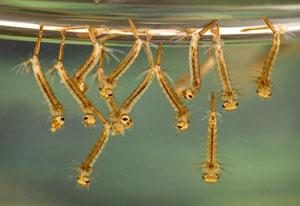
Odours from sediments and slimes are the most commonly reported. Sediment can accumulate in the bottom of tanks that have not been cleaned frequently enough. In warm to hot weather, anaerobic conditions can develop, leading to growth of microorganisms that produce sulphides, with a distinctive sewage or rotten egg-like smell. Listed below are some water parameters that can impact your water quality:
pH
pH levels in rainwater are normally below 7 and considered acidic. This is because carbon dioxide from the atmosphere is absorbed which in turn converts to carbonic acid. In plastic tanks the pH will remain acidic and can corrode copper plumbing and brass fittings. Also see : http://www.abc.net.au/local/stories/2010/11/24/3075218.htm
If the rainwater is stored in concrete tanks the acidic water will cause lime from the concrete to leach into the water.
Calcite filters are recommended for an appropriate treatment of acidic water.
Turbidity
Turbidity is the measure of relative clarity of a liquid. It is an optical characteristic of water and is an expression of the amount of light that is scattered by material in the water when a light is shined through the water sample. The higher the intensity of scattered light, the higher the turbidity. Material that causes water to be turbid include clay, silt, finely divided inorganic and organic matter, algae, soluble coloured organic compounds, and plankton and other microscopic organisms.
Tannins
Tannins are a natural organic material that can be the byproducts of nature’s fermentation process, be created as water passes through decaying vegetation in the gutters. This can cause water to have a faint yellow to tea-like colour, and can cause yellow staining on fabrics, fixtures, china and laundry.
Conductivity
Rainwater in its natural state, is very close to de-ionised but after passing over the roof, conductivity levels can be elevated due to contaminants that may be dissolved in the rain water.
Hardness
In its natural state rainwater is very soft and ideal for washing and laundry and under some conditions for hot water systems. The water also has a low alkalinity and that combined with soft water and low pH results in the rain water causing corrosion and that includes copper plumbing .
Total Suspended Solids .
Suspended solids refers to small solid particles which remain in suspension in water as a colloid or due to the motion of the water. It is used as one indicator of water quality. A colloid is a solution that has particles ranging between 1 and 1000 nanometers in diameter, yet are still able to remain evenly distributed throughout the solution.
Coliform Colony Counts
The most basic test for bacterial contamination of a water supply is the test for total coliform bacteria. Total coliform counts give a general indication of the sanitary condition of a water supply
Prevention is better than cure
There are a number of steps that can be taken by the householder to ensure good quality rainwater.
Gutter Guard
Gutter Guard or mesh can help prevent leaves and other organic matter from reaching the rainwater tank.
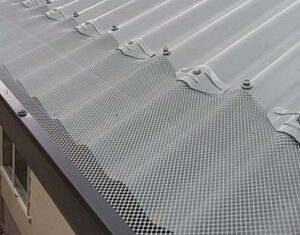
First Flush diverters
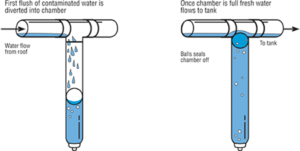
Are readily available from hardware stores, or can easily made up yourself.
Regular tank cleaning and inlet screen filter maintenance.
Effective filtration and disinfection.
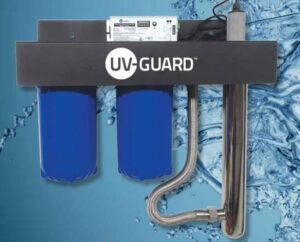
The filtration steps should comprise at least of a 10 micron sediment filter, followed by an antibacterial silver impregnated activated carbon filter and final UV disinfection step.
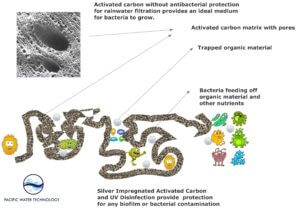
For higher flow rates we recommend automated backwash filters. Zeolite and activated glass media filters are very effective in removing suspended solids. Activated Carbon filters can remove dissolved organics and any bad odours and taste. An occasional backwash will ensure that any colloidal or organic material is removed It is very important to use silver impregnated carbon or antibacterial carbon, as organics trapped in the organic matrix can aggravate the problem.
Environmental factors
Environmental Factors should also be considered. Any dust that is blown onto your roof may end up in your water tank. This may include dust from a mine , agricultural activity that could include pesticides and fertilisers. If the water runs off old asbestos roofing, or is in contact with plumbing that contains lead solder are factors that should be considered as well.
Water Testing
Water testing should be carried out at least once a year to see what contaminants are present. There are easy DIY test kits which can provide an indication of whether your rainwater is not contaminated.
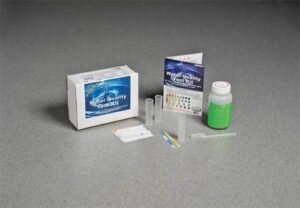
Conclusion
Rainwater harvesting has become an important factor in conserving our most precious resource. More than ever, Australians are relying on rainwater as their potable water supply. Preventative Maintenance is an important factor in ensuring a safe water supply. Preventing organic and inorganic matter from getting into the tank can reduce the risk of bacterial contamination, algae growth and reduce the amount of suspended and colloidal material in your water tank. Sediment and carbon filtration followed by ultraviolet disinfection are highly recommended to ensure a safe source of drinking water. Calcite filter should also be considered to ensure that the water is not corrosive, and will cause corrosion to your plumbing.


